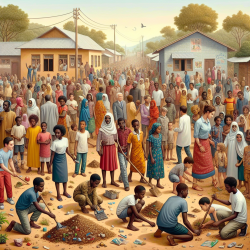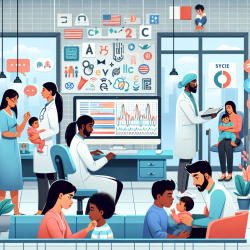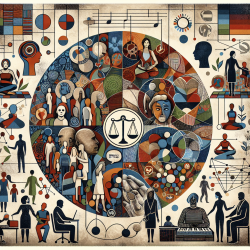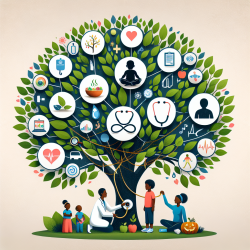Introduction
In the field of neuroimaging, understanding the directional connectivity between different cortical areas is crucial for deciphering the neural mechanisms underlying sensory processing. Traditional methods like Granger causality (GC) have been widely used in functional magnetic resonance imaging (fMRI) analysis, but their low temporal resolution poses challenges in capturing the millisecond-scale interactions that are critical for sensory processing. Magnetoencephalography (MEG), with its high temporal resolution, offers a promising alternative, but the conventional two-stage analysis methods often lead to inaccuracies due to biases in source estimation.
Introducing Network Localized Granger Causality (NLGC)
The recent research paper titled "NLGC: Network localized Granger causality with application to MEG directional functional connectivity analysis" introduces an innovative paradigm that addresses these challenges. The NLGC inference framework directly models source dynamics as latent sparse multivariate autoregressive processes and estimates their parameters from MEG measurements. This approach integrates source localization and GC inference, providing a more accurate statistical characterization of detected GC links.
Key Innovations of NLGC
- Unified Framework: NLGC combines source localization and GC inference into a single stage, reducing errors propagated from the former to the latter.
- Robustness: The framework is robust against model mismatches, network size variations, and low signal-to-noise ratios, outperforming conventional methods in simulations.
- Age and Task-Related Insights: NLGC has been applied to MEG data from auditory tasks, revealing significant differences in cortical network-level activity between younger and older participants, as well as between task and resting states.
Implications for Practitioners
Practitioners in the field of neuroimaging and cognitive neuroscience can leverage the NLGC framework to improve their analysis of MEG data. By adopting this methodology, they can achieve more accurate and reliable insights into brain connectivity, particularly in studies involving sensory and cognitive processing.
Encouraging Further Research
The NLGC framework opens new avenues for research in brain connectivity analysis. Practitioners are encouraged to explore its applications across different cognitive tasks and age groups, potentially uncovering new patterns of neural interaction. Moreover, the framework's scalability and precision make it a valuable tool for future studies aiming to bridge the gap between high temporal resolution data and accurate connectivity mapping.
To read the original research paper, please follow this link: NLGC: Network localized Granger causality with application to MEG directional functional connectivity analysis.










